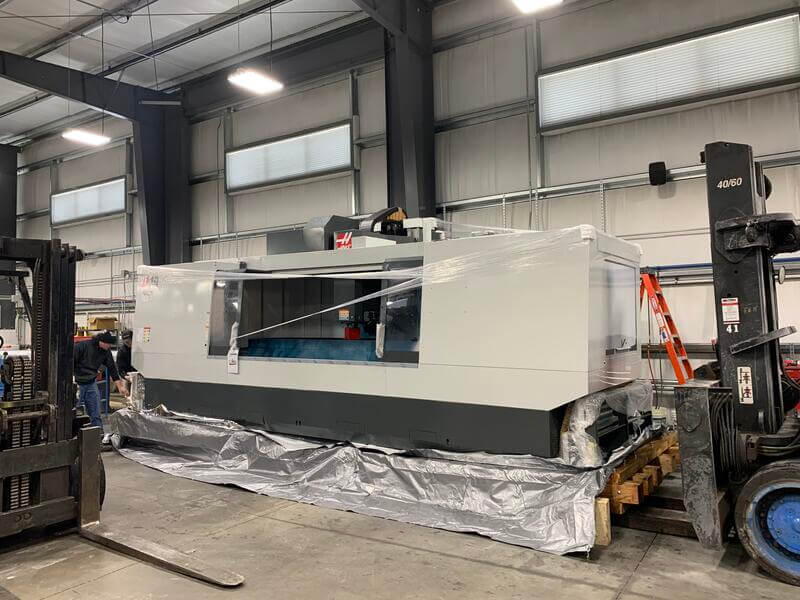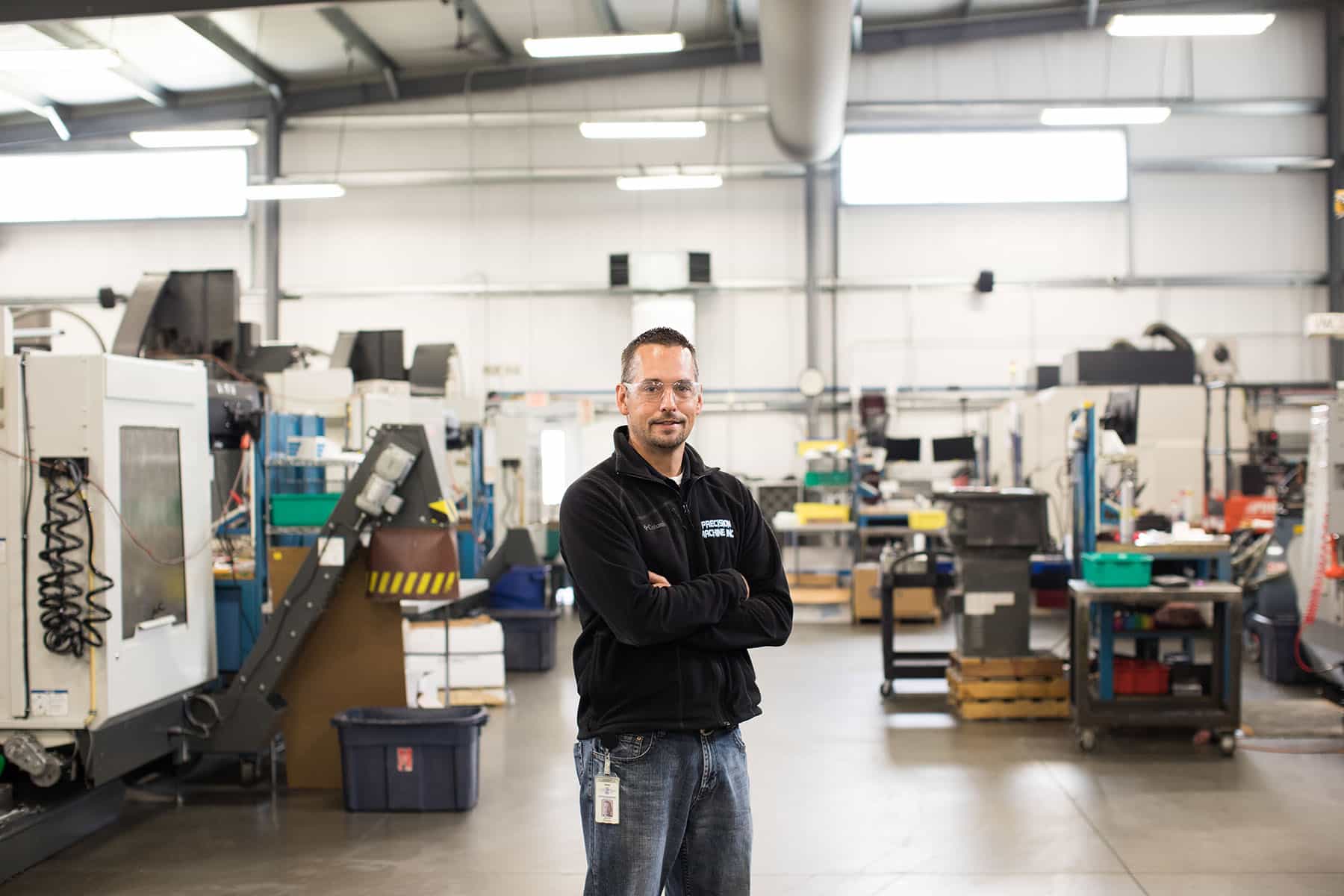
How to Embrace the Reality of Change in Manufacturing
Change is something all of us should be grateful for; it provides an opportunity to improve from where we are today. Imagine how much worse off we’d be without it?
And yet, people that welcome change into their personal and professional lives with open arms are in the minority. For most people, change can create a never-ending sea of emotions. It elevates our heart rate, creates distraction, and causes people to take their emotions out on others.
The manufacturing sector is notorious for being resistant to change. And yet, we are witnessing numerous significant shifts in the way we operate – 30% of our workforce is approaching retirement age, new regulations are popping up more frequently than ever, and manufacturing technology is transforming our world faster than we can keep up with.
As leaders in manufacturing, if we fail to embrace change, we fail no one but ourselves and our organizations. So how can we learn – and teach others – to embrace change?
Jamie at Precision Machine Inc., where he is the owner and CEO.
How People Process Change
Let’s look to understand how a “change” is processed by people as a society: In 1962, E.M. Rogers developed the Law of Diffusion of Innovation which talks about how over time, an idea or product gains momentum and spreads. It eventually creates a movement and helps people evolve.
This law gives us a strong understanding of people and how we process change:
- Innovators, making up 2.5% of the population, these are people who want to be the first to try something new. They are venturesome, risk-taking, and interested in new ideas.
- 13.5% of the population are considered Early Adopters, who represent opinion leaders. They enjoy leadership roles and embrace change opportunities.
- The Early Majority, 34% of the population, are rarely leaders, but they do adopt new ideas before the average person. That said, they typically need to see evidence that the innovation works before they are willing to adopt it.
- Another 34% of the population are considered the Late Majority: people are skeptical of change and will only adopt an innovation after it has been tried by the majority.
- Laggards, making up the final 15% of our population, are bound by tradition and very skeptical of change.
Now let’s look at how people as individuals process change: Did you know that we are all wired a certain way right from the time we are born? Our DNA is unique, therefore so are our views of everything in the world. When you’re dealing with change and people, things can get interesting!
If you’re implementing change at your manufacturing organization – say, new manufacturing quoting software – keep the following points in mind:
- Our reactions to change are a direct reflection of our unique wiring in combination with our life experiences. Not everyone can process change in a short period of time; many need time to process and evaluate before they can make a decision.
- People don’t like to appear uneducated or inferior, so oftentimes where they are unfamiliar, they will detach. This doesn’t mean they don’t agree or don’t care, it just means they are trying desperately to protect themselves from being exposed or getting hurt.
- What you think about regularly, you will become. If people see change as difficult, it will remain difficult. If they see it as a reflection of negativity from their team, it will remain a source of negativity.
All of this being said, be sure to provide space for employees to adopt change at their own pace, provide as much context around the change as possible, and continually work to cultivate a culture that gets excited about change.

To Change the Outcome, You Must Change Your Mindset
One of my mentors, Dave Ramsey, taught me to “look in the mirror, because that is where all things originate.”
If you are having problems with people, consider the fact that you might not understand them. Getting pushback from your team? It could be because you haven’t not given them the time and space to process, or they cannot see how they fit into the change that is coming. Maybe they wanted to be involved in the decision process, or are dealing with a personal crisis.
As a leader, you have the ability to look within and see how you can help improve their adoption of the change. Once you understand yourself better and how you affect people, you will then be able to better understand your team.
Whether you’re adding new machinery, implementing a new manufacturing quoting software, optimizing a machining process, making departmental shifts or otherwise, understand that you are dealing with real people – not robots or machines – who need you to support them as they navigate the uncertainties of the change. That is true change management in my book.
Jamie discusses how to retain top manufacturing talent amidst the labor shortage on a recent roundtable with Paperless Parts.
—
Jamie Spitzer is the owner and CEO of Precision Machine Inc.: a custom machine shop in Algoma, WI that’s been in business since 1997. Over the past 17 years of being in business, Jamie has learned the importance of investing in your people and delivering value for your customers. Precision Machine Inc. supports many diverse industries including aerospace, defense, and forestry.


